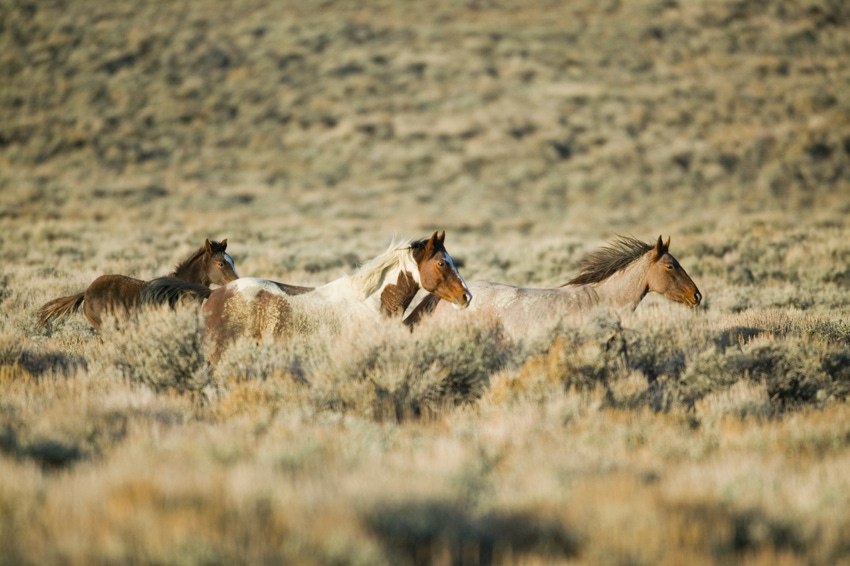Horse and livestock owners in areas affected by vesicular stomatitis virus encouraged to check import requirements before moving animals across state lines.

Since the first case of vesicular stomatitis virus (VSV) was confirmed in equine on a Kinney County, Texas, premises, the Texas Animal Health Commission (TAHC) has received reports of eight new confirmed VSV cases, the agency said July 12.
These confirmations in Texas include:
* Three new VSV-infected equine premises in Coleman County;
* One new VSV-infected equine premises in Kerr County;
* One new VSV-infected equine premises in Taylor County;
* Two new VSV-infected equine premises in Tom Green County, and
* One new VSV-infected equine premises in Val Verde County.
TAHC said these premises are under quarantine. Affected horses will be monitored by regulatory and authorized veterinarians until premises are eligible for quarantine release 14 days after clinical VSV signs are observed.
To date, TAHC said 10 premises in six Texas counties have been confirmed with VSV. Only one premises -- the original index case -- has been released from quarantine.
Meanwhile, the Colorado Department of Agriculture (CDA) has confirmed additional VSV cases in La Plata, Larimer and Weld counties. The Colorado State University Veterinary Diagnostic Laboratory in Ft. Collins, Colo., has been activated through the National Animal Health Laboratory Network to receive and test samples for horses suspected of having VSV.
CDA said the total count of premises in Colorado under quarantine stands at 15 sites.
“Horse and livestock owners should check with their veterinarian prior to traveling to another state,” Colorado state veterinarian Dr. Keith Roehr said. “Many states have imposed import requirements for animals coming from VSV-affected states.”
The first case of VSV in Colorado was reported on July 3 in Weld County by a field veterinarian with the state veterinarian’s office. An incursion of VSV-infected insect vectors is the likely source of infection, CDA said.
VSV has also been confirmed in four counties in New Mexico, according to the July 11 situation update from the U.S. Department of Agriculture's Animal & Plant Health Inspection Service.
VSV is a viral disease that primarily affects horses and cattle, and occasionally swine, sheep, goats, llamas and alpacas. The transmission process of VSV is not completely understood but includes insect vectors such as black flies, sand flies and biting midges.
The incubation period ranges from two to eight days. Clinical signs include vesicles, erosions and sloughing of the skin on the muzzle, tongue, ears, teats and coronary bands. Often, excessive salivation is the first sign of the disease, along with a reluctance to eat or drink. Lameness and weight loss may follow.
VSV is of concern due to its similarities with foot and mouth disease.
About the Author(s)
You May Also Like

.png?width=300&auto=webp&quality=80&disable=upscale)

